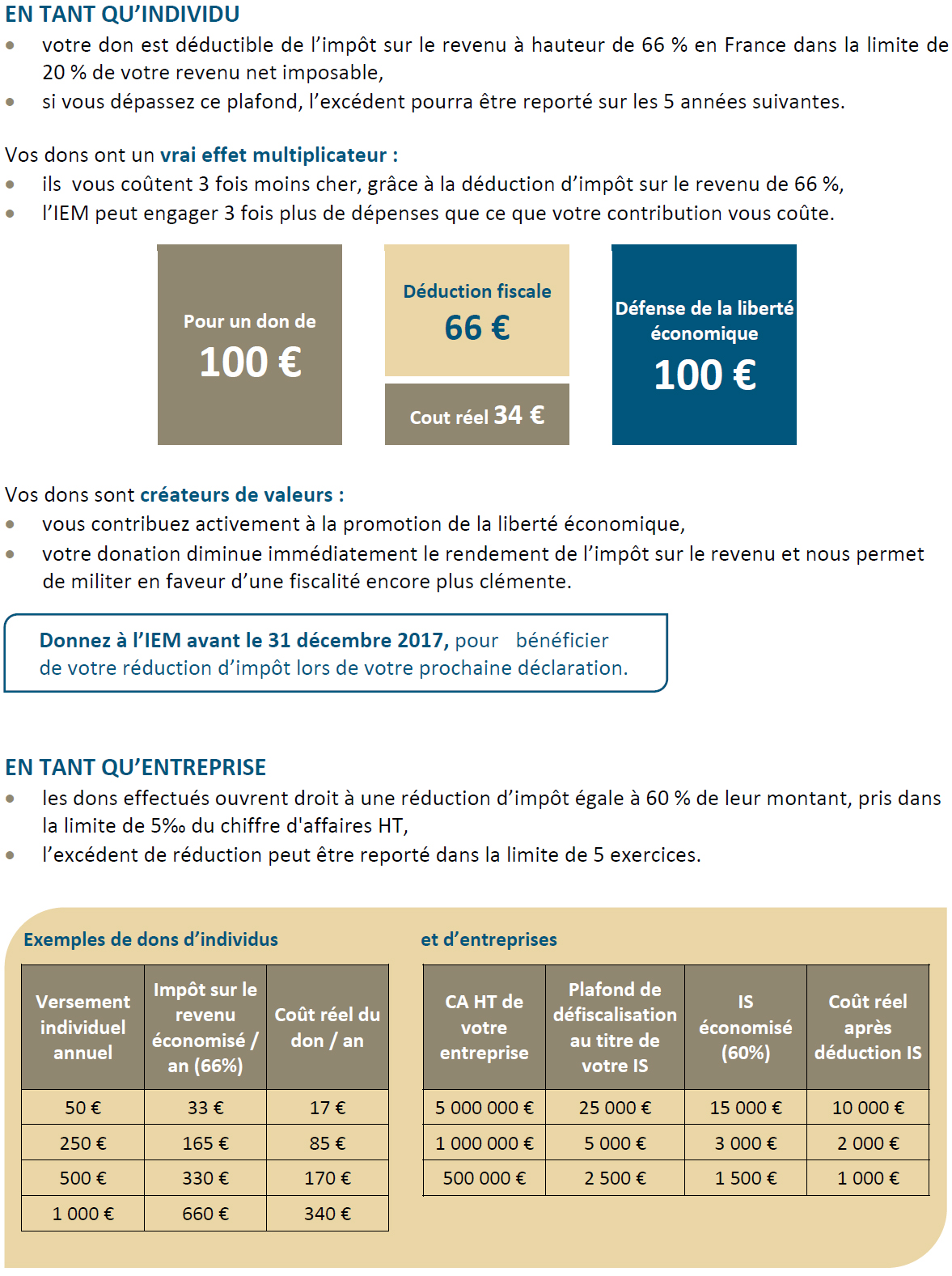The Swedish experience: government control over the health care system is the wrong remedy, says a new study from the Institut économique Molinari (IEM)
Press release
Paris, December 6, 2012 – With public accounts spinning out of control and the government striving to contain costs, the French health care system offers a likely target for increased state intervention. In this sense, the Swedish experience strikes a cautionary note: it shows that greater bureaucratisation aimed at “containing” health care costs is not a viable solution and that, once accomplished, returning to a dynamic health care system that gives patients greater choice proves extremely difficult.
The “Stockholm model” of the 1990s: more room for the private sector
After a decade of cost “containment,” Swedes had to endure long waiting lists in the late 1980s. Faced with growing dissatisfaction and their country’s worst economic and financial crisis since the 1930s, Swedish authorities brought in a reform that consisted this time in allowing more room for the private sector and in providing patients with a broader choice.
Certain counties, Stockholm in particular, moved in this direction. The “Stockholm model” relied on the introduction of activity-based funding for health services and a split at the local level between the functions of health care “purchasers” and “providers.” Hospitals were turned into independent companies as a step toward their privatisation, and private provision of health care was encouraged. The reform also envisioned putting public and private providers in competition with one another as well as allowing patients greater choice.
In the Stockholm area, these reforms allowed for:
• productivity gains: about +16% between 1991 and 1993;
• important reduction in waiting lists: -30% in a single year resulting from increased volumes of care;
• reduction in health care costs: from -10% (ambulatory transport) to -40% (laboratory analyses and radiography);
• conversion of St. Göran’s Hospital into an independent company followed by privatisation in 2000, making it a reference for other hospitals in terms of sound management.
A short-term experiment
The Swedish example also shows that a system with too much government control has trouble reforming itself and falls victim to shifting political majorities. Starting in the mid-1990s, back-and-forth reforms and counter-reforms prevented patients from enjoying the full benefits of the Stockholm model.
• Freedom for doctors to choose where to practise was authorized by a law in 1994 and then prohibited in 1995.
• In the mid-1990s, the concept of competition was replaced by “cooperation.” Caps were set on health care volumes, along with downward adjustments several times a year (often retroactively), affecting providers and making competition inoperative.
• St. Göran’s Hospital was privatised in 2000, but concerning other hospitals the process was halted by a new law in 2001.
Patients were also big losers in this political grab for control over the health care system. Waiting lists were institutionalised in actual fact and never disappeared despite various bureaucratic initiatives over the years. To gain faster access to health care, Swedes turned increasingly to private insurance; their number has been multiplied by a factor of 3.6 between 2002 and 2011.
The IEM study shows that, beyond these problems of access to health care, the Swedish system cannot be used as an example, neither in terms of control over public health care spending, nor in terms of results, as for example life expectancy.
• Annual per capita growth in public health care spending in the 2000s: 3% on average in Sweden, compared to 2.8% in Switzerland, 2% in France and 1.6% in Germany.
• Slower gains in life expectancy (see the study for more details): whereas Swedes had in similar or higher life expectancies at age 65 in 1970 than people in France or Switzerland, 40 years later they have fallen behind.
The study “The limits of government-run health care systems: the Swedish example” is available on our website.
* * *
The Institut économique Molinari (IEM) is an independent, non-profit research and educational organization. Its mission is to promote an economic approach to the study of public policy issues by offering innovative solutions that foster prosperity for all.
– 30 –
Information and interview requests:
Cécile Philippe, PhD
Director, Institut économique Molinari
cecile@institutmolinari.org
+33 6 78 86 98 58




